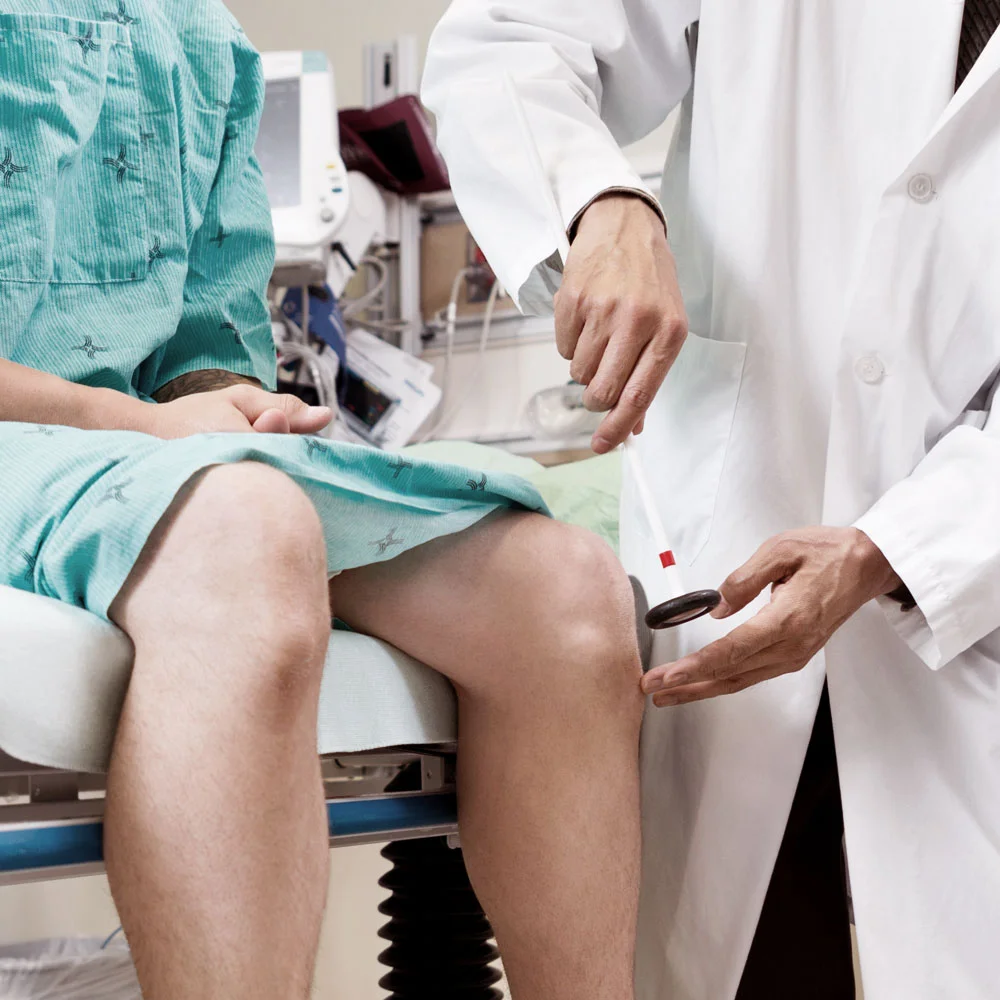Preoperative Instructions
If your surgery is before noon, do not eat or drink anything (including water) after midnight the night prior to your surgery.
If your surgery is after noon, do not eat or drink anything (including water) 10 hours prior to your surgery.
- You must arrive at the hospital at least 2 hours prior to your scheduled surgery time. The Hospital will contact you before the procedure to give an accurate time,
- You will not be able to drive yourself home. Please make arrangements for someone to drive you.
- Your Anaesthetist may call you the night before your surgery to answer any questions you have regarding anaesthesia.
- Do not take any aspirin or any aspirin-containing products at least 7 days prior to your surgical procedure. This includes any anti-inflammatory medications such as Ibuprofen. If you have any questions regarding this or any medication you are currently taking on a regular basis, please call.
- Please take steps to protect your skin from exposure to the sun.
- Avoid cutting toe nails or shaving around the time of the surgery. Any cuts in the skin may result in your surgery from being cancelled.
THE DAY OF YOUR SURGERY
- Wear loose, comfortable clothing so that you can change easily after surgery.
- Do not wear makeup, nail polish or jewellery.
- Bring your health insurance card and insurance forms with you.
- Please leave all valuables at home.
- Please bring all X-rays, MRI scans, etc. that may relate to your surgery.
AFTER YOUR SURGERY
After your surgery, you will be taken to the post operative care facility where we will make sure that you are comfortable. You will then either be discharged home or transferred to the ward depending on the procedure you are having.
Once you have returned home, it is highly recommended that someone stay with you, at least for the first few nights.



